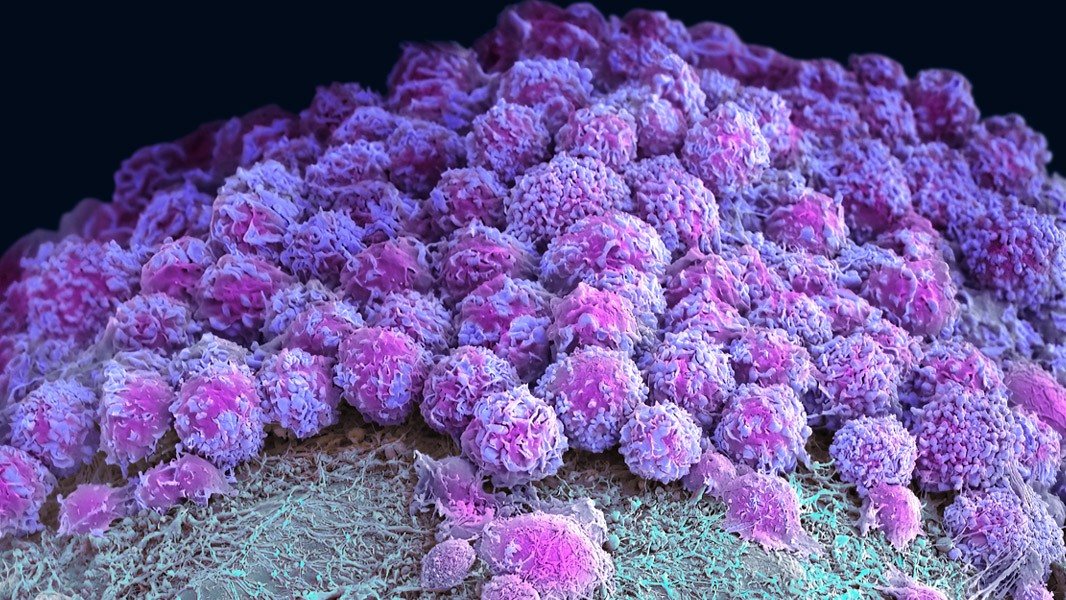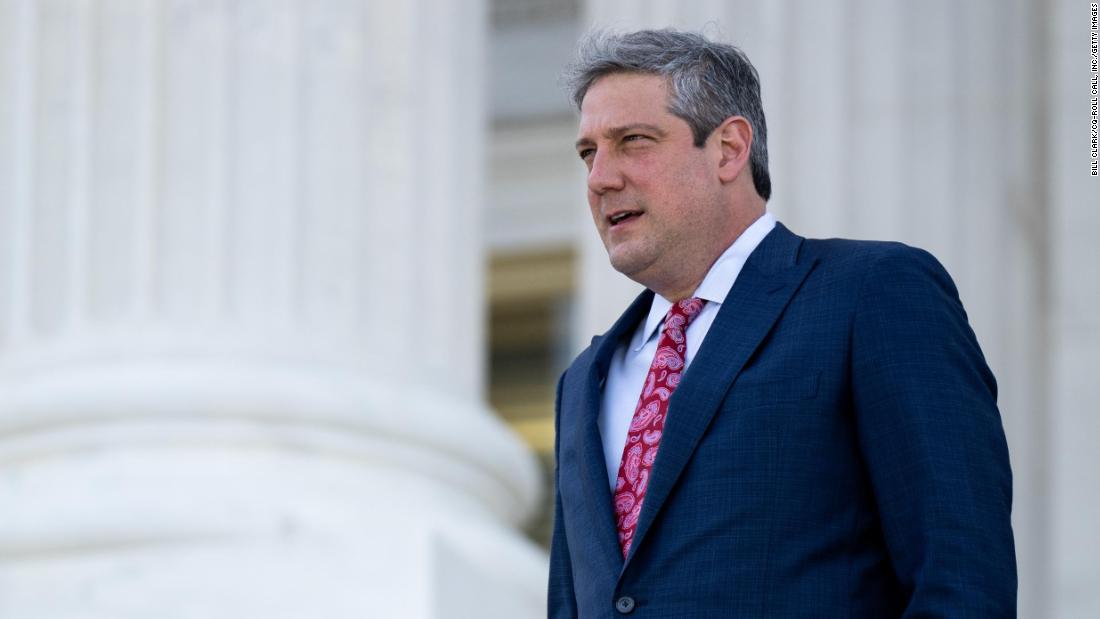“The perception of the party,” Ryan said bluntly in an interview, “is much different now than it was when I started.”
For years, Ohio Democrats have looked to assure national party officials that the state is not a lost cause, but elections after elections have complicated that pitch. No Democrat other than Sen. Sherrod Brown has won nonjudicial statewide office in Ohio since 2008, and President Barack Obama, in 2012, was the last Democratic presidential nominee to win Ohio. In 2020, Democrat Joe Biden became the first candidate in the last 60 years to win the White House without winning the state.
The trends have left many Democrats wondering if it is even worth vying for statewide office in the Buckeye State anymore, effectively writing off a state once seen as a key political bellwether.
The blame, said Ryan, lies with the same national Democrats now casting Ohio as a lost cause.
“We have not done a good job as a party of letting people know that we’re fighting for them and haven’t done the policies over the years that we necessarily needed to be done. And so, a lot of Democrats in key counties, drifted away,” said Ryan, who is making his first statewide run.
The shift was most stark in Trumbull County. Throughout much of Ryan’s term, Democratic presidential candidates won around 60% of the vote there — until Trump ran for president. In 2016, Trump surprised Ohio’s political world by winning Trumbull County by 6 points. He followed that up four years later by carrying the county by 10 points.
To Dan Polivka, chairman of the Trumbull County Democratic Party, Trump was a sign of how a slow political shift could speed up in just a few cycles.
“The national issues got trickled down on some of the local elections,” Polivka said of 2016 and 2020. “I still think there is a Democratic base here and a lot of support for a good Democrat. But the national issues now trickle down locally and that never happened before.”
Ryan has been eyeing a jump from the House for years. After winning another term in 2018, he explored a presidential run, eventually making it official in 2019. The bid was short-lived — Ryan only qualified for two Democratic primary debates due to low polling and his run ended less than a year after it began.
‘I’ve got my own record’
To Ohio Democrats, there is plenty of blame to go around to explain the state’s shift.
Former Dayton Mayor Nan Whaley, one of two Democrats running for governor this year, said she recently sought to reassure operatives at the Democratic Governors Association that Ohio was still winnable for the right Democratic candidate.
“I think my husband says it best: Democrats like to run resumes, not run people that are really connected to humans,” Whaley said. “That is what we have done for a long time. We have run really smart guys and not people who are connected to the working class.”
Whaley lauded Ryan’s appeal to working-class voters, arguing that she had the same appeal to voters in the Eastern reaches of the state.
“We’re both from communities that are forgotten and ignored, both by state government and federally,” Whaley said. “We are both from places that are forgotten and ignored. We both have a working-class chip on our shoulder.”
As Ryan looks at his chances in November, the issues are both personal and atmospheric.
For years, he has been one of the highest-profile Democratic elected officials in Ohio. But Ryan is largely unknown outside his corner of Ohio, something he has attempted to address by completing an 88-county tour over his first year as a Senate candidate.
And Ryan is making his first statewide run at a time when unified Democratic control of Washington has soured voters, in Ohio and nationwide, on the party.
“I’ve got my own record,” Ryan said. “I’ve been doing this a while, and so I’m not as tied to the Biden agenda only because I’ve got a 20-year record of doing things. … I’ve got a really good story to share with the Ohio voters that’s not tied to Biden. And so, I’ve got some room.”
Ryan put this message in a recent television ad, in which he blamed “both parties” for “wasting time on stupid fights.” That, for Ryan, is where the Republican Senate primary comes in.
That contest has been fierce. Before Trump endorsed Vance, most of the candidates were openly gunning for the former President’s backing, trading attacks over who best represented the MAGA agenda. Once Trump lent his support to Vance, the contest became a microcosm of the fight for the Republican Party, with several outside groups drawing Trump’s ire for backing former Ohio state treasurer Josh Mandel and a candidate in the form of state Sen. Matt Dolan accusing his opponents of debasing themselves to seek the former President’s backing.
“You know, the Columbus TV station doesn’t just go to Republicans,” Ryan said, joking that a range of voters, from moderate Republicans to Democrats, have been activated by what he called a “divisive” GOP primary that focused on “very narrow issues.”
No matter who emerges from the Republican primary, Ryan plans to run on the economic populist issues he believes can still win over voters who backed Trump just two years ago. That path looks like this: Focus on economics, avoid culture wars that Republicans want to highlight and be prepared to stand up to your own party.
“It is us versus China, and instead of taking them on, Washington is wasting our time on stupid fights,” Ryan says in the ad.
Ryan has not backed away from the controversy and told CNN that the response worries him that Democrats aren’t prepared to do what is needed to win in a state like Ohio.
“This is the competition,” Ryan said. “And if we can’t have a national conversation about the red China communist government trying to displace us, looking the other way when Russia invades Ukraine and trying to outfox us at every turn … then we’re all going to be speaking Mandarin in 10 or 15 years.”









More News
Trump’s Immunity Claim Joins His Plans to Increase Executive Power
Supreme Court Appears Sharply Divided in Emergency Abortion Case
Dairy Cows Transported Between States Must Now Be Tested for Bird Flu